What i'm wondering is, what kind of behaviour does google analytics show when a ddos attack occurs? Any theories?
6 Answers
My theory would be that an effective DDoS platform/script would not include anything as heavyweight as a JavaScript engine, and that therefore the DDoS activity would not show up in Google Analytics at all.
The point of a DDoS attack is to overwhelm the server with a flood of requests. Any CPU cycles that are spent evaluating JavaScript in the response that the server sends back are cycles that could better be used churning out more requests to the server. I would fully expect a properly executed DDoS attack to not waste time parsing the response from the server, or even reading it off of the underlying socket, let alone interpreting and executing and JavaScript that may be embedded in the markup or fetching scripts and other resources from domains other than the target server.
Of course, this does not preclude the possibility of an exceptionally naive DDoS attack implemented using web frameworks and libraries that do evaluate embedded JavaScript. Such an attack would not (or rather, should not if you've implemented your server code correctly) be very effective, but it would likely generate a spike in Google Analytics traffic.
- 54,026
- 20
- 135
- 176
It will show up 100% some significant peaks in google analytics , simply because there are huge number of requests from multiple sources having huge bounce rate !
- 37
- 5
It depends on the way that the DDOS is implemented. If it's simply an executable distributed to multiple machines, making simple HTTP queries using native TCP sockets, then Google Analytics wouldn't notice anything at all: because the JavaScript that gets returned would never be executed.
However, other sorts of DDOS attacks could leverage actual browsers distributed across many machines. For instance, if you could hack the Yahoo home page and insert an <iframe src='takemedown.com'> into it, you could easily DDOS "takemedown.com". In this particular scenario, GA would certainly detect the impressions, and because (depending on the scenario) there might be an HTTP referrer tag, you could possibly run a report in GA that could pull out the suspicious impressions.
But there are other similar scenarios that wouldn't leave any particular footprints. For instance, if you could hack Lady Gaga's twitter account, you could send out a link to her 16MM followers, and a significant number would immediately click on it: and since most of those clicking on it would probably be doing so from within a separate app, there wouldn't be any referrer tag, and no particular way of identifying the requests.
In other words, it all depends, but it's probably not a terribly useful avenue to investigate. In many (most?) scenarios, GA wouldn't even recognize the impression; and in many others, wouldn't have any reasonable way of picking out the good impressions from the bad.
- 20,305
- 15
- 100
- 147
When a HTTP DDoS attack occurs the attacker is either using several (thousands) of computers to do so. Sometimes, it's also done with servers. When they make the request, they don't render the javascript or anything - they simply in most cases just make a GET request to the webpage.
So no, it shouldn't really have an impact on GoogleAnalytics
- 129
- 2
- 8
Well, I'm also searching this kind of information, but I have some considerations about the answer:
You will probably not see the attack itself with Google analytics, but you should see the results, I mean, a DDoS is a "distributed deny of service", so, if the service is effectively denied, then you should see a flat line on the graph on Google analytics.
- 2,170
- 8
- 46
- 95
It depends how the bot works, but here's what happened to my website:
Google Analytics real time report for the monk
As well as the increase in traffic you will likely see your bounce rate go sky high and average time on page significantly drop - which I'm sure can have a negative impact on SERPS.
For me it coincided with a Google update so first I put it down to that, but I started getting a lot of traffic to the root page, terms, and privacy, with many prefixed with /?m=0 which is in itself odd (and I'd love for someone to shed light).
The attack caused a great deal of timeouts and was painful to fix:
In short, I hooked up CloudFlare, then created Security -> WAF rules to challenge countries where I was receiving most of the bot traffic. I also switched on the basic bot attack mode (there's a more effective super bot attack mode with the paid subscriptions).
The other interesting point of note was why was my site subject to a DDOS attack. I wish I knew, but at a similar time to when the attack started I was approached by someone who enquired about buying the website. Possibly a tactic to get me to sell it/sell it cheap.
- 2,183
- 4
- 32
- 48
